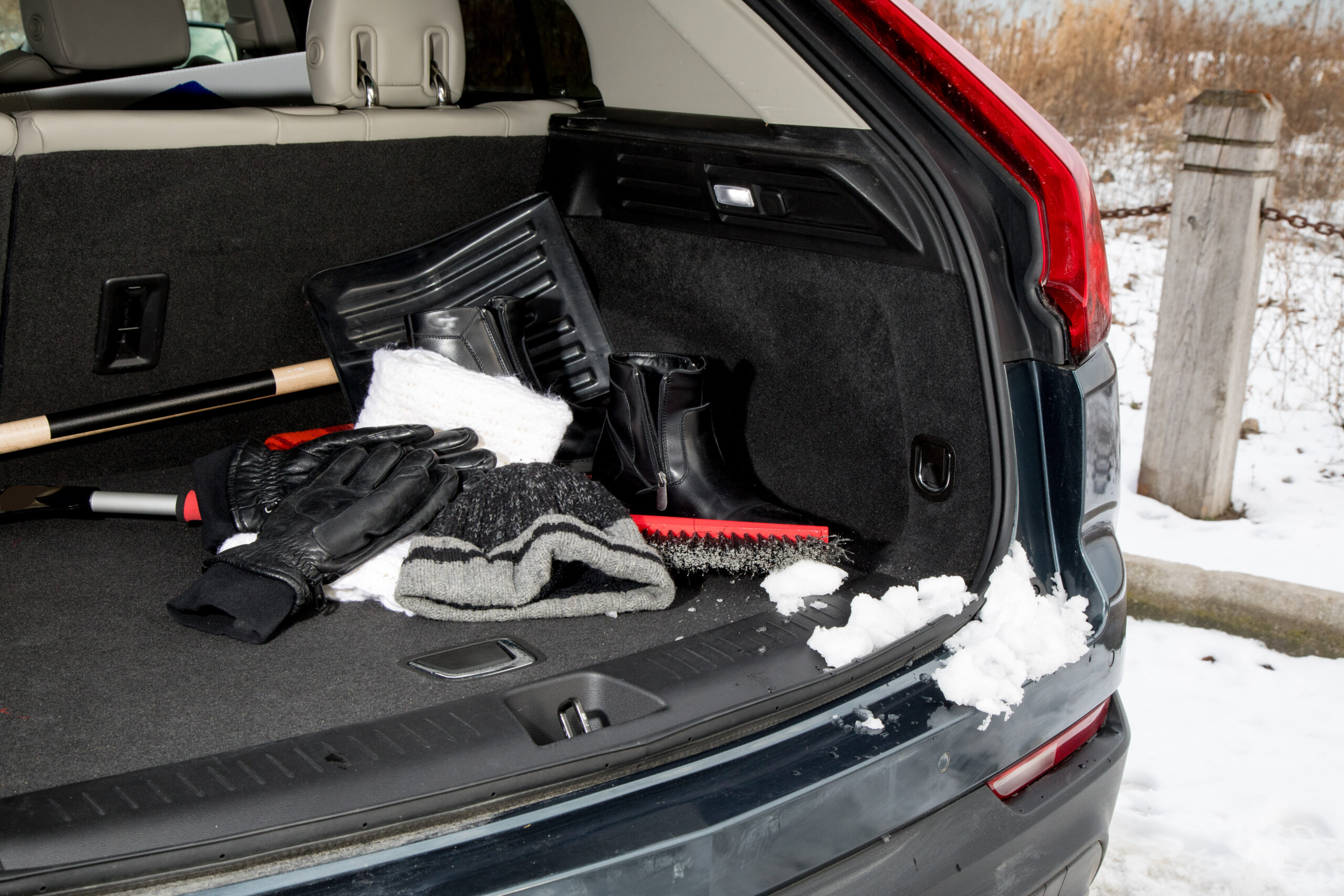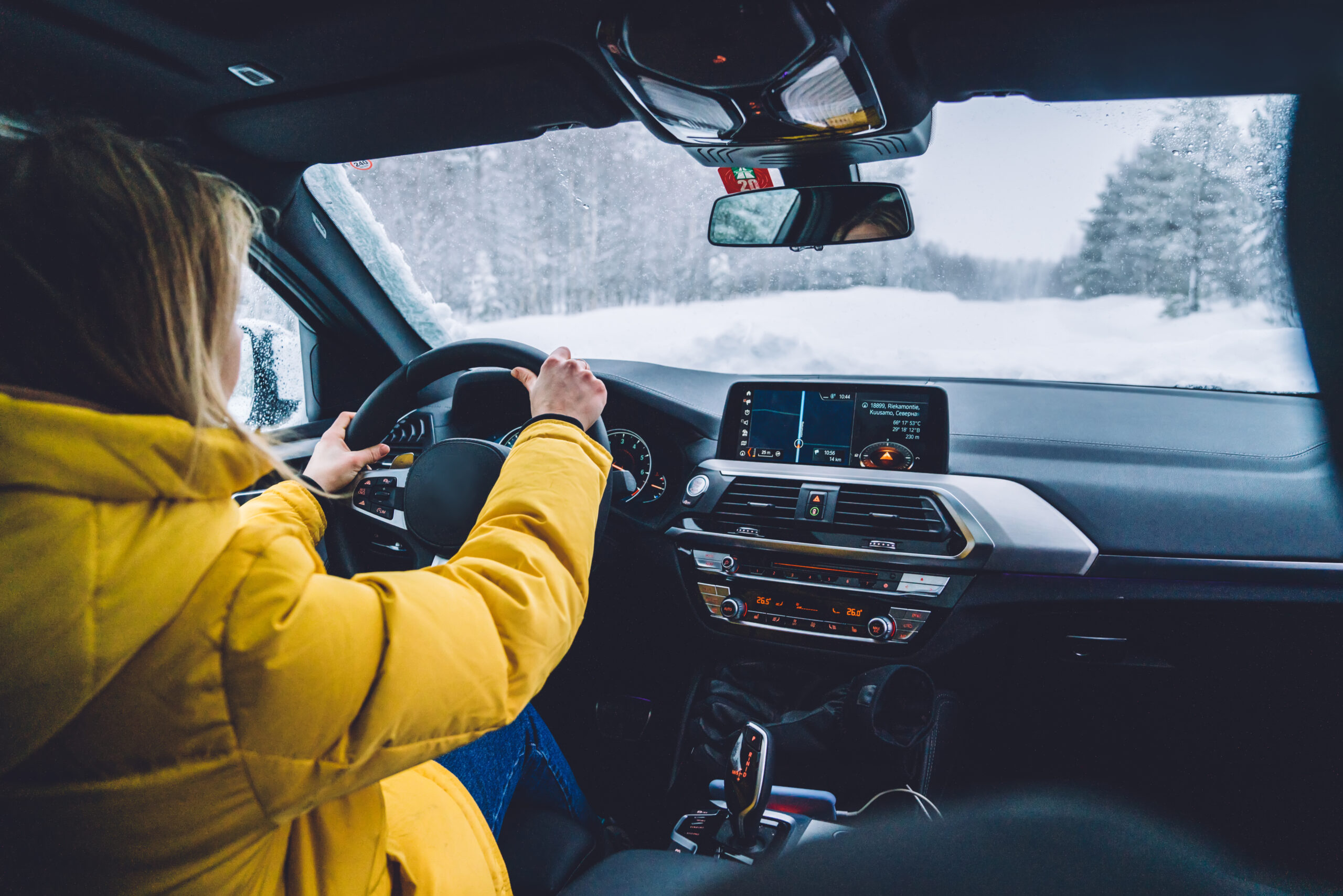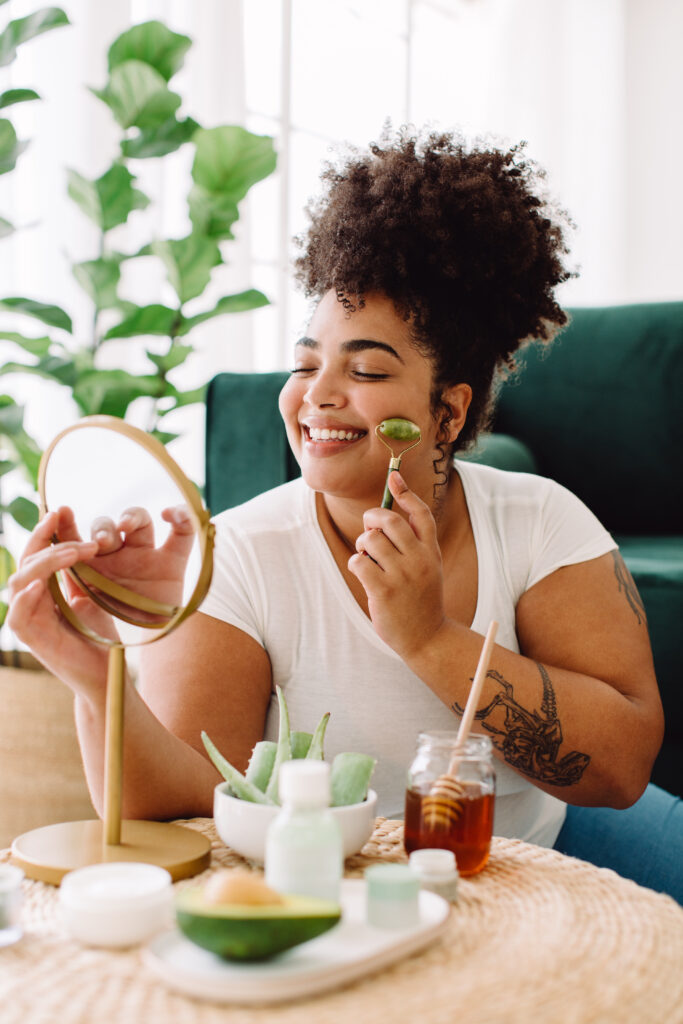In the world of insurance, scams are on the rise. Possibly as a result of the cost-of-living crisis or the increase in buying online. One of the latest scams we have come across is ‘Ghost Broking’, leaving unsuspecting customers severely out of pocket and without valid insurance.
In this blog, we look at the scam called ghost broking, and offering ways to spot it and avoid it.

What is Ghost Broking?
Ghost broking is a scam related to car insurance. Here’s a simple explanation:
Ghost broking is when someone poses as a legitimate insurance broker and sells fake or invalid car insurance policies to unsuspecting individuals. These “ghost brokers” often target people looking for cheaper insurance deals.
Here is an example:
A Ghost Broker will tell you they are setting up a policy for you and take a years’ premium payment. They then only pay the insurance company for a month and disappear with the rest of the money. The insurance policy will lapse from lack of payment, and you will be left with no policy and no way of getting the money back.
Instead of providing genuine policy documents, they may use various tricks, like fake documents or stolen identities, to make you think you have a legitimate insurance policy.
In essence, ghost broking is a con where scammers pose as insurance brokers to sell fake insurance policies. It’s important to be cautious and verify the authenticity of any insurance broker before purchasing a policy.
How to spot a Ghost Broker Policies
They Offer Unbelievably Low Premiums: Ghost brokers tempt you in with unbeatable low insurance premiums. Prices that are too good to be true usually are. With the cost-of-living crisis, it can be very tempting to grab a bargain. However, if the price is significantly lower than any of the brands you know – it could be a fraudulent scheme.
Strange or Non-Functioning Contact Information: Legitimate insurance brokers will have a physical office, a valid phone number, and a professional website and social media. Ghost brokers may provide contact details that are difficult to verify or lead to non-existent offices.
Using Quick Transactions and Pressure Tactics: Ghost brokers usually pressure potential clients into making decisions on the spot. They might say ‘this is an extremely limited time offer’ or get you to transfer as much money as they can in the next hour for example. Legitimate brokers understand the importance of getting the best policy for you and shouldn’t rush you into buying a policy.
Provide No Physical Documents or Policy Details: Legitimate insurance policies should come with proper documentation, detailing coverage, terms, and conditions. There is usually an option to have your physical documents posted to you, or an online portal where you can access them and print them off. Ghost brokers, however, may provide vague documents that don’t seem real, like a simple written email, or they may provide no documents at all.
What are the Consequences of Ghost Broking?
Void Policies: Victims of ghost broking often discover too late that their insurance policies are void, leaving them without the protection they thought they had.
Loss of Money: Needless to say, once you have transferred money to a ghost broker, it’s extremely difficult to get back.
Legal Consequences: Participating in a ghost broking scheme can lead to legal consequences for both the fraudsters and those who unknowingly purchase fraudulent policies.
How To Protect Yourself from Ghost Broking
Research: Before purchasing any insurance policy, thoroughly research the broker and the insurance company. Check for reviews online. You can even contact the insurance company directly and verify the broker’s credentials.
Beware of Unrealistic Deals: If an insurance premium seems too good to be true, it probably is. Be wary of prices significantly lower than the market average.
Review Documents: Insist that you receive detailed policy documentation. Legitimate brokers are transparent about the terms and conditions of the policies they sell.
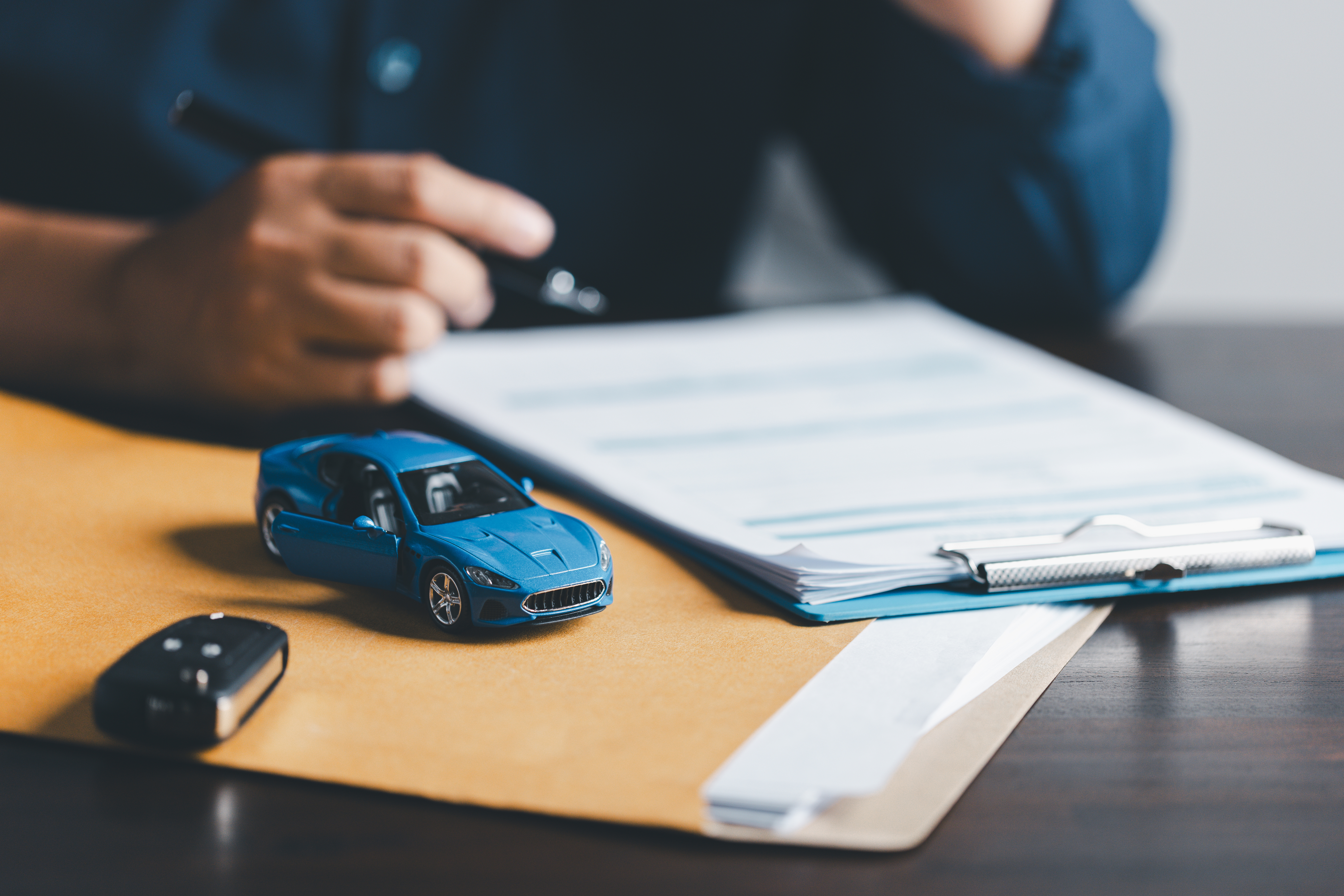
Ghost broking policies pose a serious threat to people seeking reliable insurance coverage. By staying informed, conducting thorough research, and being vigilant for red flags, you can protect yourself.
At Vavista, our innovative approach to car and home insurance helps you to protect against risk while also improving your health and wellbeing.

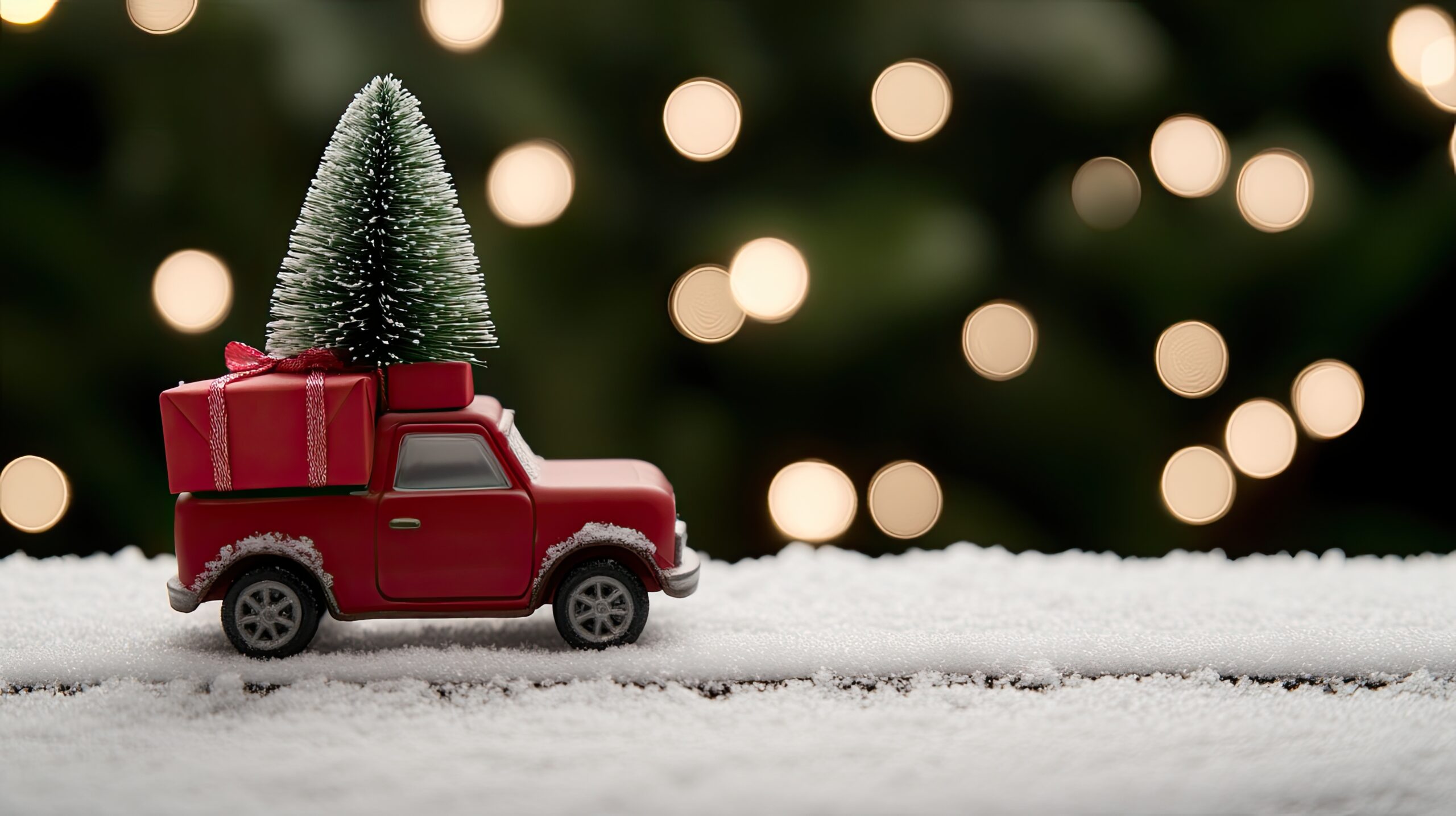
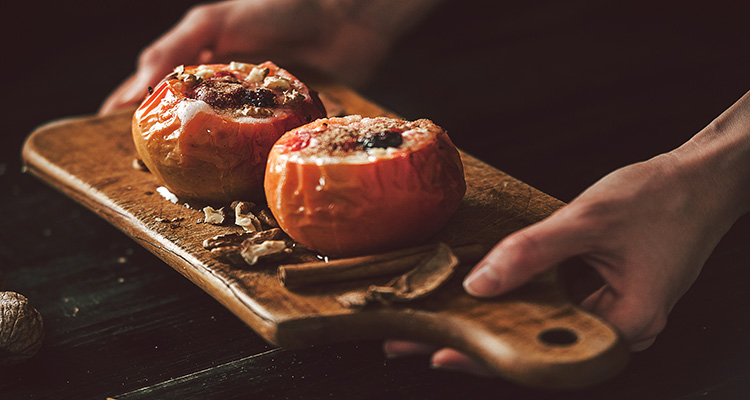
 Here at Vavista HQ, we love the idea of vegetable crisps, but are always a little underwhelmed with most store-bought packs, which often pack a little too much salt and oil for my liking. Instead, we’ve taken to making our own baked versions at home, which help satisfy our cravings for crisps, without the high fat and salt levels:
Here at Vavista HQ, we love the idea of vegetable crisps, but are always a little underwhelmed with most store-bought packs, which often pack a little too much salt and oil for my liking. Instead, we’ve taken to making our own baked versions at home, which help satisfy our cravings for crisps, without the high fat and salt levels:
